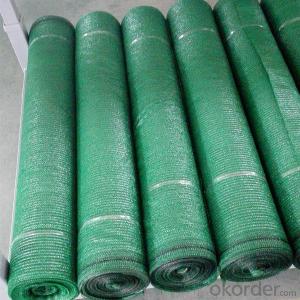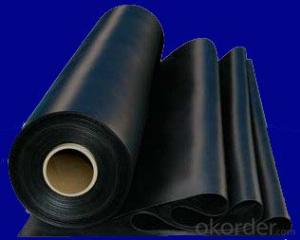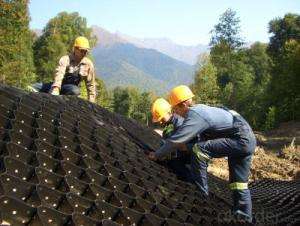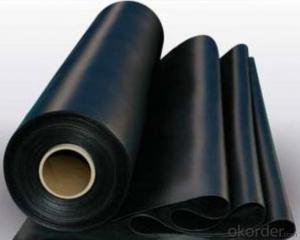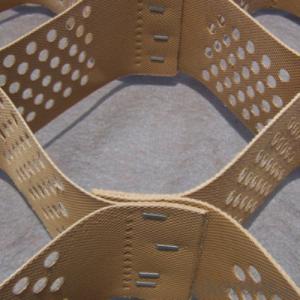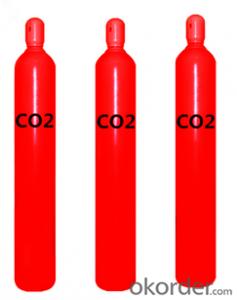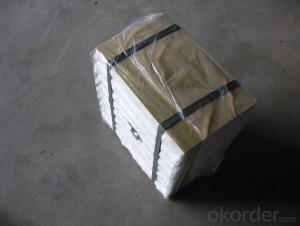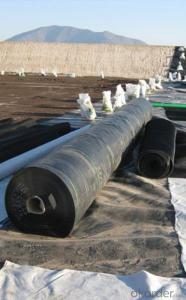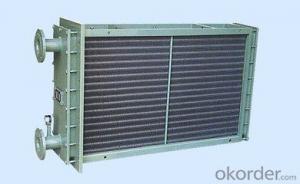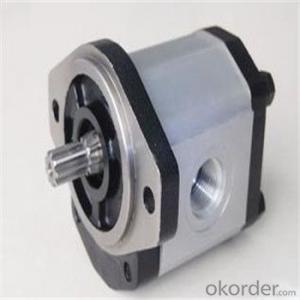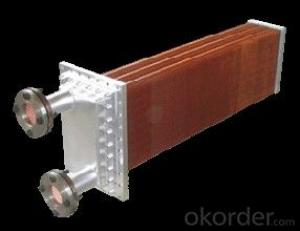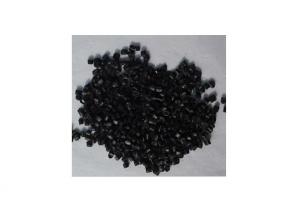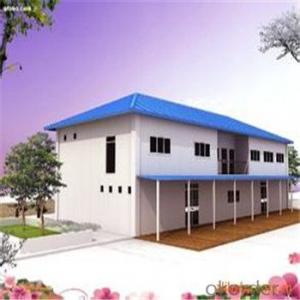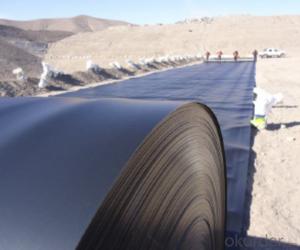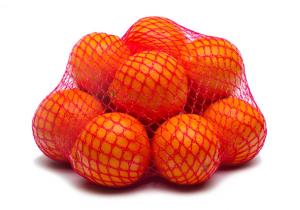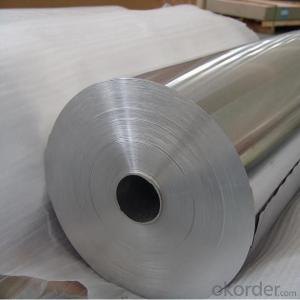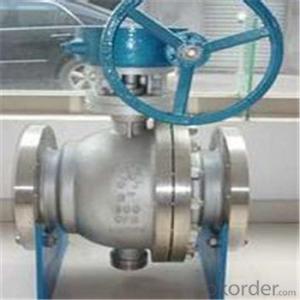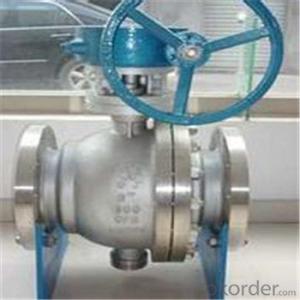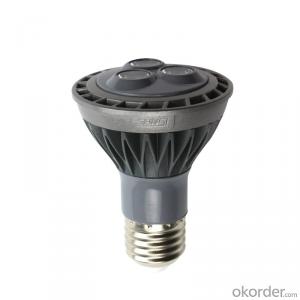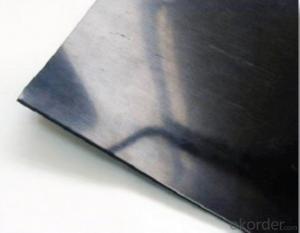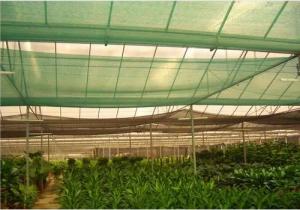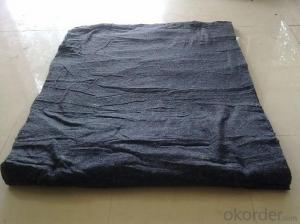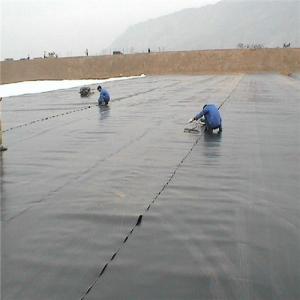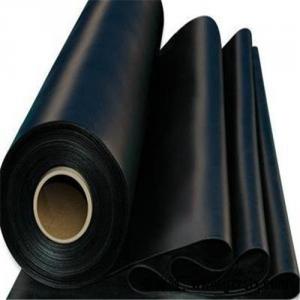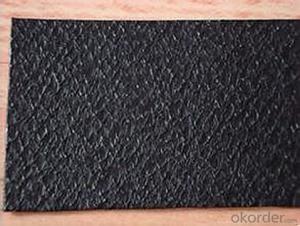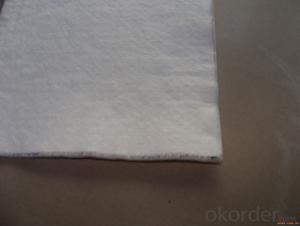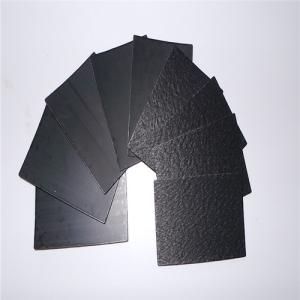Rollo De Geomembrana Hdpe
Rollo De Geomembrana Hdpe Related Searches
Geomembrane For Landfill Geomembrane In Hdpe Geomembrane In Pakistan Pvc Geomembrane Liner Pvc Geomembrane Institute Hdpe Geomembrane Machine Geomembrane Machine Plastic Geomembrane Hdpe Geomembrane Self Adhesive Geomembrane CoverHot Searches
Tanque De Geomembrana Tanques De Geomembrana Tanques De Geomembrana Precios China Pvc Geomembrane China Geomembrane Roll Sheet Hdpe Geomembrane Sheet Price Hdpe Geomembrane China China Geomembrane Geomembrane China Hdpe Geomembrane Price Geomembrane Liner Price Geomembrane Price Cost To Waterproof A Basement Waterproof Plywood Cost Waterproof Mdf Suppliers Wholesale Hdpe Geomembrane Roll Geomembrane Factory Wholesale Liner Hdpe Geomembrane Wholesale Geomembrane Hdpe Wholesale Hdpe GeomembraneRollo De Geomembrana Hdpe Supplier & Manufacturer from China
Okorder.com is a professional Rollo De Geomembrana Hdpe supplier & manufacturer, offers integrated one-stop services including real-time quoting and online cargo tracking. We are funded by CNBM Group, a Fortune 500 enterprise and the largest Rollo De Geomembrana Hdpe firm in China.Hot Products
FAQ
- Geomembranes are impermeable barriers made of synthetic materials that are used in mining operations to prevent soil erosion. They are installed in areas where there is a high risk of erosion, such as slopes, embankments, and containment ponds. By creating a barrier between the soil and water, geomembranes effectively minimize the contact between the two, preventing water from eroding the soil and carrying away valuable minerals. This helps to preserve the structural integrity of the mining site, protect nearby water bodies from contamination, and ensure the overall sustainability of mining operations.
- nan
- There is no doubt that it is high permeability membrane. Compared with the high permeable membrane and matte film, high permeability film can perfectly reproduce the original image of the screen clearly and delicately, and each pixel can be completely entering into the eyes of the people. And matte film because the surface is polished, uneven, it is easy to send out the light from the screen scattering and diffuse reflection, leading to the screen color is not realistic, and very fuzzy, looking at the screen for a long time will cause visual fatigue, and the damage to the eyes,compared to high permeability membrane, is larger.
- The cost of geomembranes can vary depending on various factors such as the type and quality of the material, thickness, size of the installation area, and the supplier or manufacturer. Generally, geomembranes can range in cost from a few dollars per square meter to several tens of dollars per square meter. It is recommended to obtain quotes from multiple suppliers to compare prices and ensure the best value for the specific project requirements.
- Yes, geomembranes can be repaired if damaged. The repair process typically involves identifying the damaged area, cleaning and preparing the surface, and applying a suitable repair method such as patching or welding. Prompt repair can help maintain the integrity and effectiveness of the geomembrane.
- There are several advantages of using geomembranes in bioremediation projects. Firstly, geomembranes act as a barrier, preventing the migration of contaminants into surrounding soil and groundwater. This containment helps to control and concentrate the bioremediation process, allowing for more efficient treatment of the contaminated area. Additionally, geomembranes provide a stable and consistent environment for the growth of microorganisms involved in bioremediation, enhancing their effectiveness. They also prevent the loss of valuable nutrients and organic matter during the remediation process. Lastly, geomembranes offer long-term durability, ensuring the success and sustainability of bioremediation projects over time.
- nan
- Geomembrane is generally six meters wide. it can be up to 8 meters.
- nan
- the seepage-proof effect of project composite geo-membrane is mainly depends on the interlayer, the norms of seepage-proof geomembrane is 100-1500g/square meter, in order to guarantee the good seepage-proof effect, the thickness of geomembrane should be less than 500g/ square meter, outer geotextile should be less than 300g, too thin geotextile will reduce the sand stone resisting effect, increasing geomembrane's thickness and prevent sand stone corrosion will influence the seepage-proof effect of geomembrane, composite geo-membrane's norms is less than 800g/square meter, which can reach the seepage-proof standard.



